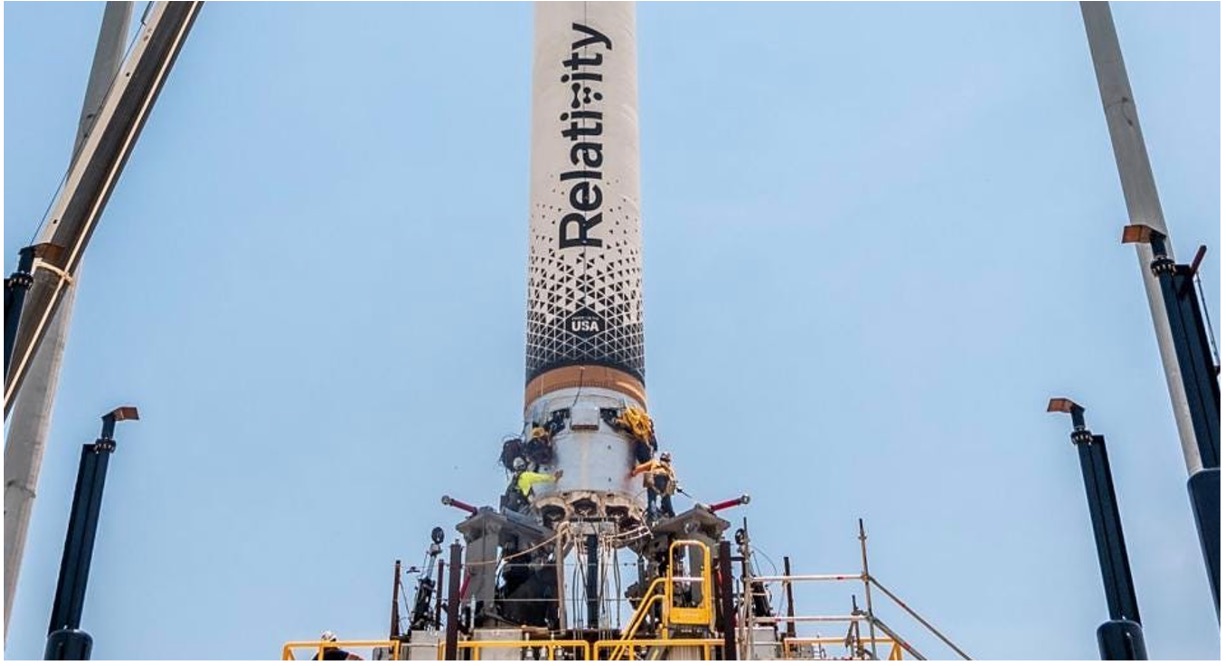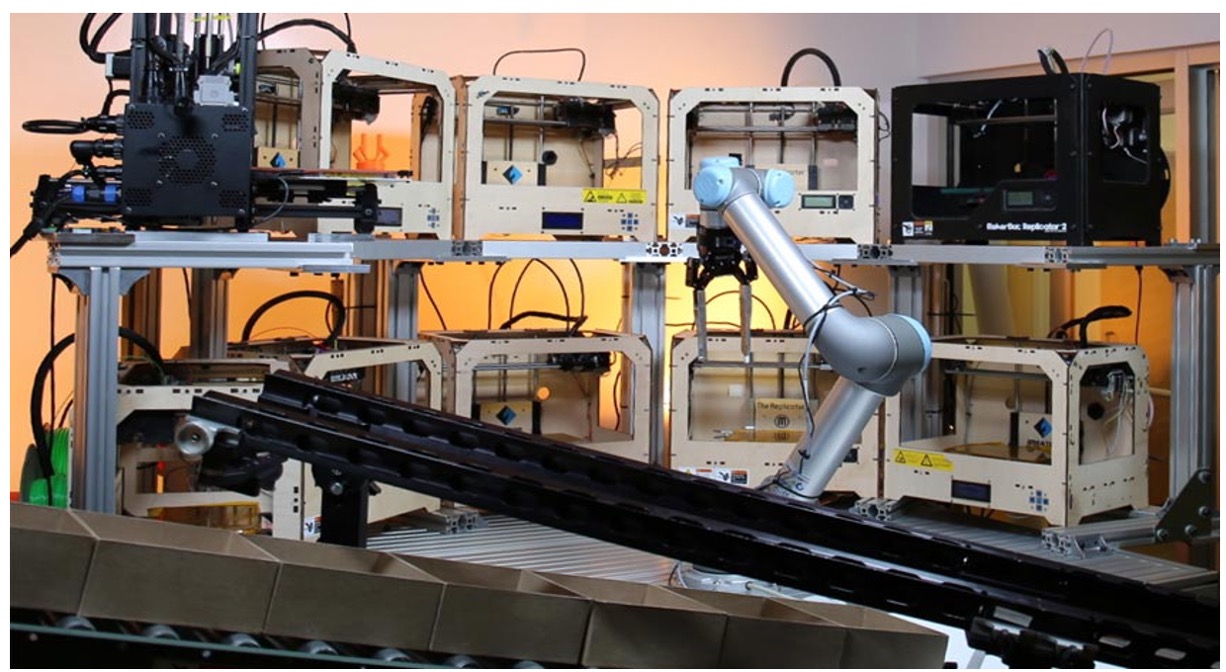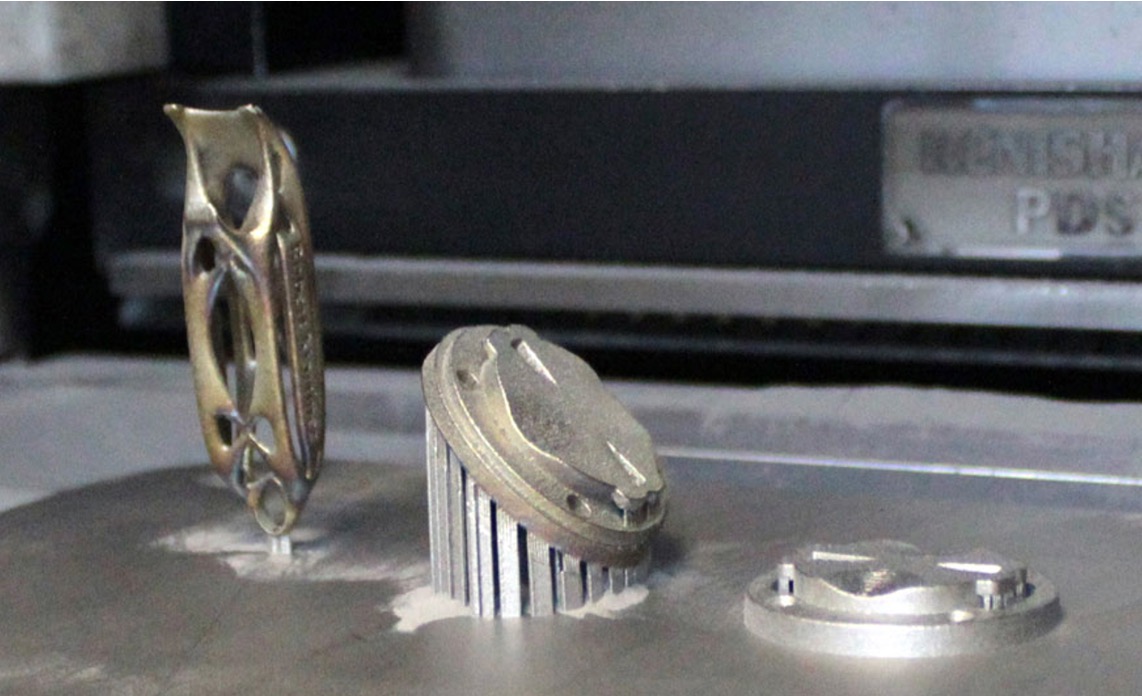3D printing is no longer a technology of the future. It’s here, and it’s changing the way we manufacture products. But what does the future hold for 3D printing? As we are in the middle of 2022, here are ten trends to keep an eye on to stay ahead of the curve in the world of 3D printing!
10 Key Trends to Watch in 3D Printing
1. 3D Printing will Revolutionize the Rocket Industry

3D Printing makes it possible to create parts for rockets with greater precision and less time. Rockets were built using castings or machined from solid blocks of metal. However, 3D printing enables engineers to design and manufacture parts with much greater accuracy and detail, and this can save valuable weight on a rocket.
In addition, 3D printing allows manufacturers to produce parts on-demand without needing costly inventory or storage space. This can lead to significant savings for rocket companies. (See our article on how 3D printed rockets are set to blast)
2. Automated 3D Printing Market

Automated 3D printing is a process where a machine prints an object without any human interaction. When most people think of 3D printing, they imagine a person sitting at a 3d printer, slowly and meticulously creating a three-dimensional object by hand. However, thanks to the rise of automated 3D printing, this is no longer the only way to produce 3D prints.
Automated 3D printing systems can print objects much more quickly and efficiently than manual printers, making them perfect for high-volume production. Robots are utilized in the entire 3D printing process. That is, from designing, slicing, and 3D printing.
3D printers, whether general or dual extruder 3D printers that are automated are becoming increasingly sophisticated. They can now print in various materials, including metal, plastic, and glass. This means they can create objects with a wide range of properties, from flexible to sturdy.
This type of printing is becoming more popular because it is faster and more efficient than the traditional 3D printing methods, and the market is expected to multiply in the next few years. According to GlobeNewswire, the automated 3D printing market is expected to reach 8 970.67 Million by 2025.
2. More Affordable 3D Printers
The cost of 3D printers has been dropping steadily in recent years, and that trend is expected to continue in 2022. This will make it more affordable for small businesses and hobbyists to start 3D printing.
One of the main reasons for this is that 3D printers are becoming increasingly smaller and more compact. This makes it easier to manufacture high-quality, affordable printers on a larger scale. And as printer technology becomes cheaper and more advanced, 3D printing will become an indispensable tool to many different kinds of businesses, from manufacturing to architecture.
There is also growing interest in 3D printing for personalized healthcare and medicine. For example, doctors can use specialized online CAD software like SelfCAD to create patient-specific prosthetics or implants that perfectly fit their needs. Not only does this improve the overall effectiveness of treatment, but it also reduces recovery time and minimizes discomfort.
3. Advanced Materials for 3D Printing
As the technology underlying 3D printing continues to evolve, so too do the materials that can be used for 3D printing. In the early days of 3D printing, only a handful of materials could be used for 3D printing. However, thanks to advances in materials science, there are now a wide variety of materials that can be used for 3D printing.
One of the most exciting developments in 2022 has been the ability to print with metal. This has opened up a whole new range of possibilities for 3D printing, as metal is much stronger and more durable than plastic. Metal 3D printing is already being used to create everything from engine parts to prosthetic limbs.
Another material that is becoming increasingly popular for 3D printing is glass. Glass is a material that has a wide range of properties, from being transparent to being highly reflective. This makes it ideal for a wide range of applications, such as creating eyeglasses or jewelry.
Biological materials are another area where 3D printing is making progress. In the past, it was only possible to print with synthetic materials. Thanks to advances in bioprinting, it is possible to print organs and body parts for transplantation.
As you can see, a wide variety of materials can be used for 3D printing, and we expect even more.
4. Personalization
The popularity of personalization is increasing. Thanks to the declining cost of 3D printers, more people can purchase them. It’s becoming easier to customize designs to exact specifications.
Personalized 3D-printed products are already available in various categories, from jewelry to clothing to home decor. In the future, we will see even more personalized 3D-printed products as the technology underlying 3D printing continues to evolve.
5. On-Demand Manufacturing
As 3D printing becomes more popular, 3D printing will likely be used not just for prototyping but also for manufacturing. Rather than relying on traditional assembly lines, companies could adopt 3D-printing technologies to produce their products on-demand.
Traditional manufacturing methods rely heavily on large, expensive factories and assembly lines. However, 3D printing allows manufacturers to sidestep these steps and go straight to production.
Many companies are already experimenting with 3D-printed products and on-demand manufacturing. For example, some automakers use 3D printers to create on-demand custom parts, while other companies are 3D printing jewelry and accessories. As 3D printing continues to gain popularity, we can expect to see many more companies adopting on-demand manufacturing models.
6. Increased Relevance of Data in 3D Printing In 2022
In 2022, 3D printing will become increasingly reliant on data. In a video entitled “3D Printing Trend for 2022” shared by Materialise, a 3D printing service, they stated that data would be essential as 3D printing moves forward.
Thanks to advances in 3D scanning and modeling technologies, it will be easier to create accurate 3D models of products. This data will be essential for 3D printing, as it will be used to generate the digital file sent to the 3D printer.
This trend is already evident in some 3D-printed products, such as eyeglasses and dental implants. In the future, we can expect to see even more 3D-printed products based on quality data.
Quality data for 3D printing can be achieved using 3D scanners, CAD software, or even a 3D printing service that ensures that the 3D prints are of the highest quality. The data quality used to generate a 3D model significantly impacts the final print quality. This is a significant trend we need to watch in 2022 and beyond.
7. Increased Use of Metal 3D Printing Will Dominate In 2022

The use of metal 3D printing is on the rise and is expected to continue dominating in 2022. According to industry reports, this growth can be attributed to the increasing popularity of fused filament fabrication (FFF) technology among metal materials. FFF systems allow companies to produce parts more quickly and at a lower cost than traditional powder bed fusion methods. Companies like Desktop Metal and Markforged invest heavily in FFF 3D printing technologies, as they offer unique advantages for manufacturing metal components. As such, we can expect to see an increased momentum of metal 3D printing in the coming years.
8. 3D Printing Polymers Come To Market in 2022
3D printing is an exciting and rapidly evolving technology that has the potential to revolutionize many different industries. One of the critical technologies used in 3D printing is polymers – a class of materials widely used in both consumer and industrial applications.
In recent years, 3D printing polymers have become increasingly popular as the technology has matured and new materials have been developed. Many companies are beginning to market 3D printing polymers for various applications, such as prototyping, product development, and manufacturing.
With continued advances in this technology, we can expect 3D printing polymers to become even more widespread over the next few years. Market analysts predict that 3D printing polymers will be a $379.6 billion industry by 2026.
So, what are 3D printing polymers, and how are they used? Let’s take a closer look.
-
What Are 3D Printing Polymers?
3D printing polymers are materials that can be used to create 3D objects using a 3D printer. They are a type of plastic that can be molded into various shapes and sizes. They are widely used in many industries due to their versatility, durability, and affordability.
Many different types of 3D printing polymers are available on the market, each with unique properties. The most common 3D printing polymers include ABS (acrylonitrile butadiene styrene), PLA (polylactic acid), Nylon, and Polycarbonate. These materials can be used to create 3D objects for various applications, from prototyping and product development to manufacturing.
-
Why Are 3D Printing Polymers Becoming Increasingly Popular?
With advances in 3D printing technology and the development of new 3D printing polymers, 3D printing polymers have become an increasingly popular choice for various applications. Some key benefits of 3D printing polymers include their high accuracy, ability to produce complex shapes, and affordability compared to other 3D printing materials such as metals.
As new technologies emerge and more companies adopt 3D printing practices, we can expect 3D printing polymers to become an even more integral part of our lives in the years to come.
9. Apparel 3D Printing Increasing Even in 2022 And Beyond

The apparel industry is one of the top 10 industries for 3D printing, and this trend is only expected to continue in the coming years.
3D printing offers many advantages for apparel businesses, including the ability to produce complex designs, reduced lead times, and lower costs.
Many mainstream retailers are already embracing this technology, and this trend is only expected to grow in the coming years. A team of researchers predicts that by 2025, personalized clothing through 3D printing will be the norm. Outfits will be 3D printed every day and even be recycled once they are worn.
So if you’re in the apparel business, now is the time to start exploring 3D printing. It could be a game-changer for your business, helping you stay ahead of the competition and meet the growing demand for 3D-printed clothing.
10. Bio-3D-Printing
Another trend in 3D printing that we need to keep an eye on is bioprinting. Bioprinting is the process of using 3D printing technology to create living tissue. This type of printing has the potential to revolutionize the medical field by providing a way to create custom implants and prosthetics. It could also be used to print human organs for transplantation.
Recently, we saw companies like Brinter and CELLINK launching their first Bio3dprinting 3D printers that have the capability to 3D print tissue in high precision to help in biological function replacement as well as tissue damage repair.
While this technology is still in its infancy, the potential uses are endless. As the technology continues to develop, it will be interesting to see how bio-printing will change the world as we know it.
Conclusion
That’s a taste of what we can expect in the remaining part of this year and beyond. As this technology continues to develop, we hope to see more applications for 3D printing across industries. From prosthetic body parts to customized medical implants, we’re excited to see where 3D printing will take us over the next few years.
Interesting related article:

